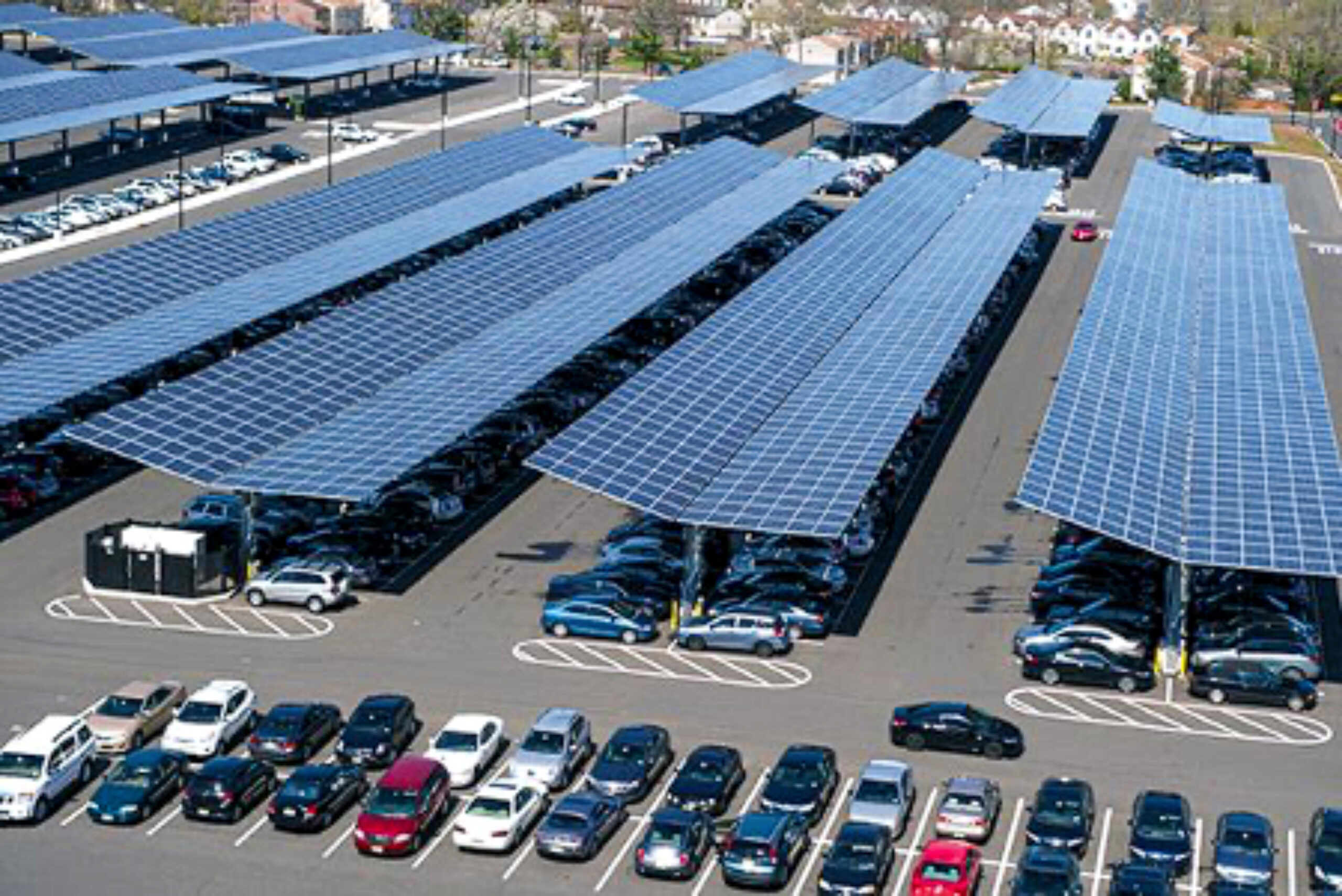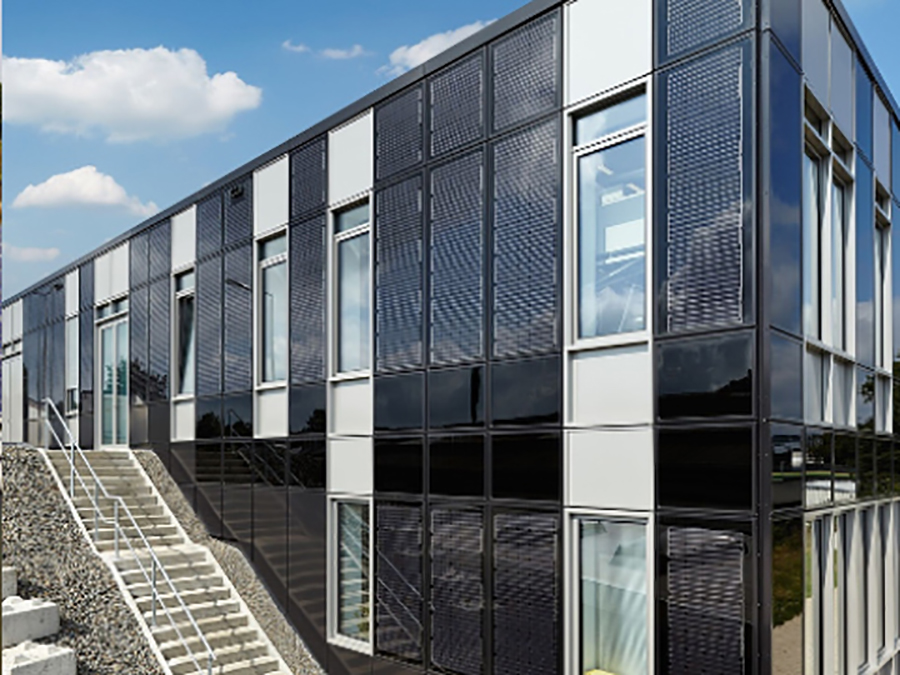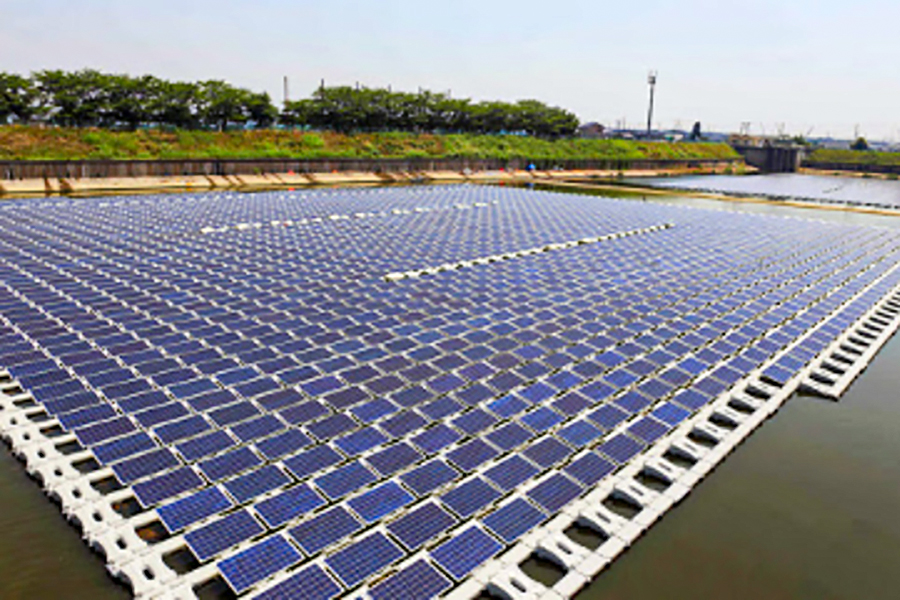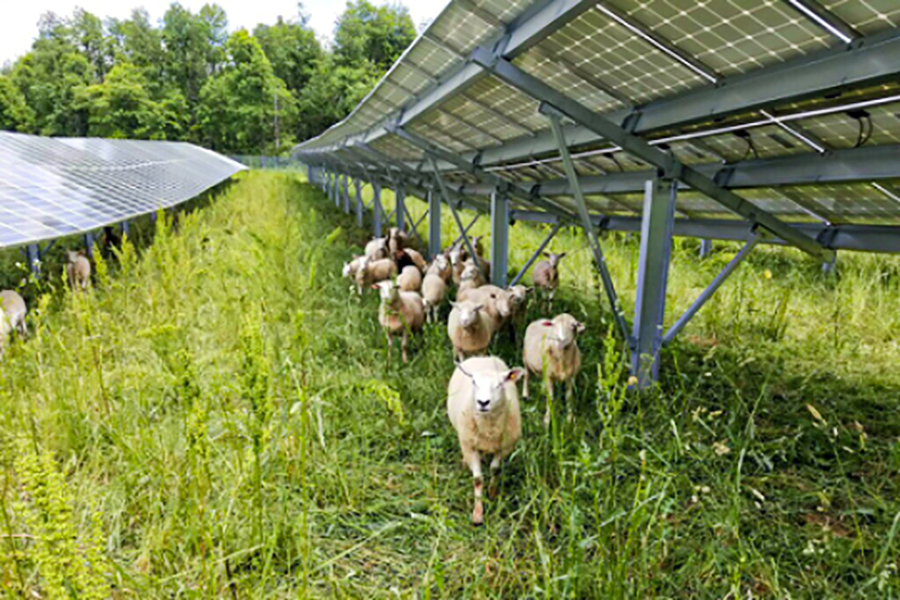
6 Ways to Harvest Solar Electricity
May 12, 2021
You’ve probably seen solar panels on buildings, or in fields, maybe even a solar canopy for shaded parking or picnics. These are just the tip of the iceberg when it comes to finding innovative uses and secondary benefits for solar. In this article, we will share several innovative ways solar is being used to solve for more than just electricity needs, and address the pros and cons of various solar applications.
Read on to see if you’re familiar with numbers 4 through 6!
Rooftop Solar
One of the most common applications for solar is on rooftops. Rooftops are generally unused spaces with good exposure to the sky. These characteristics make many rooftops very practical and cost-efficient places to put solar panels.
Can be applied: anywhere with exposed roof space, preferably with broad southern exposure.
Pros: inexpensive and space efficient; energy is generated in the same place it is consumed; minimal visual impact.
Cons: dependent on age of roof- newer is better; orientation of building/roof and various obstacles on roof can affect system size and efficiency; overall size of roof can be a major constraint for certain buildings and consumers.
Ground-Mounted Solar
Ground-mounted solar arrays are another very common application for solar. Especially when it comes to larger solar arrays, ground mounting is oftentimes the most cost-effective solution for generating large amounts of solar energy.
Can be applied: anywhere with vacant land, preferably cleared and relatively flat.
Pros: oftentimes less expensive on a large scale; does not rely on age or condition of roof.
Cons: vacant land not always readily available; racking materials add to project cost, especially on smaller scales; may require significant trenching and/or electrical runs (larger projects must be located near transmission lines or an electrical substation).
Solar Canopy
As the cost of solar comes down, solar canopies are becoming more and more popular for parking lots and other outdoor space where shade is valuable. While this application adds cost to a solar installation, it also adds significant value in the form of shade and outdoor functionality.
Can be applied: in parking areas, outdoor gathering spaces, and other areas where shade and protection from rain, snow, etc. are valuable.
Pros: creates a comfortable shaded environment; maximizes visual impact and appeal; maintains usable ground space.
Cons: likely requires trenching, sometimes across a parking lot; more expensive due to materials and labor to build supporting structure.

Building-Integrated Photovoltaics
Building-integrated photovoltaics (BIPV) are as the name suggests: they generate solar energy while also serving as part of a building structure. BIPV can be part of the façade of a building, replace roofing material (e.g. solar shingles), or even be integrated into other translucent surfaces (e.g. solar glass).
As the principles of sustainability and resilience become more widely adopted in the building industry, BIPV will likely become more common. Other technologies like thin film solar offer a flexible (figuratively and literally!) solution that is relatively low-cost and lightweight, creating plenty of opportunities for architects and builders to explore new possibilities.
Can be applied: to new construction projects and major renovations.
Pros: serves a dual purpose, reducing solar mounting equipment as well as other building materials; provides additional shading; can create unique visual appeal.
Cons: mostly limited to new construction; greater upfront cost than standard non-photovoltaic building materials; may require additional expertise for successful integration

Floatovoltaics
One of the more innovative large-scale applications for solar in recent years has been floating solar power systems, also known as “floatovoltaics.” Despite the punny name, this technology is no joke and has even led to international competition to build the world’s largest floating solar farm.
Can be applied: on lakes, reservoirs, or other calm bodies of water, preferably near electrical consumers.
Pros: greater efficiency due to cooling effect of water; reduced evaporation and algae growth (due to shade); decommissioning/deconstruction can be less expensive.
Cons: requires suitable body of water; may require expensive electrical runs; may complicate installation and maintenance.

Agrovoltaics
Agrovoltaics is another relatively new concept that refers to the combined use of land for both agricultural purposes and solar production. Agrovoltaics maintains valuable farm and grazing land and offers some interesting synergies to both farmers and wildlife.
In addition to providing shelter and shade for animals, agrovoltaics allows farmers to generate reliable long-term income while maintaining the natural productivity of their land. It is common for farmers to leave land fallow, or unsown, for a period of time to maintain soil health. Solar is a perfect compliment to this practice.
Can be applied: in agricultural environments with on-site electrical needs, or close proximity to transmission lines/substation.
Pros: greater efficiency due to cooling effects of vegetation; leaves soil healthier and more productive; can create more inviting habitats for certain crops, livestock, pollinator species, etc.
Cons: requires use of suitable shade-tolerant crops; cannot be utilized on protected farmland; may affect farmland eligibility for preferential tax treatment (though not necessarily).
The Sky’s the Limit
All puns aside, photovoltaics can make lots of sense in lots of ways. People the world over are discovering new ways to realize the benefits of solar beyond just generating electricity. With human ingenuity, there are truly endless opportunities.
Keep an eye out- the next time you see a building surface or outdoor area showered in sunlight, think about how solar might add value (not to mention intrigue). If you can dream it, you can do it!

It sure was interesting when you pointed out that floating solar systems are energy efficient because of the cooling effect of water. This could possibly be considered by me and my husband because we have a lakefront property in the south. We are interested in finding a renewable source of energy in the area in order to save money in the long run, so your tips are helpful.